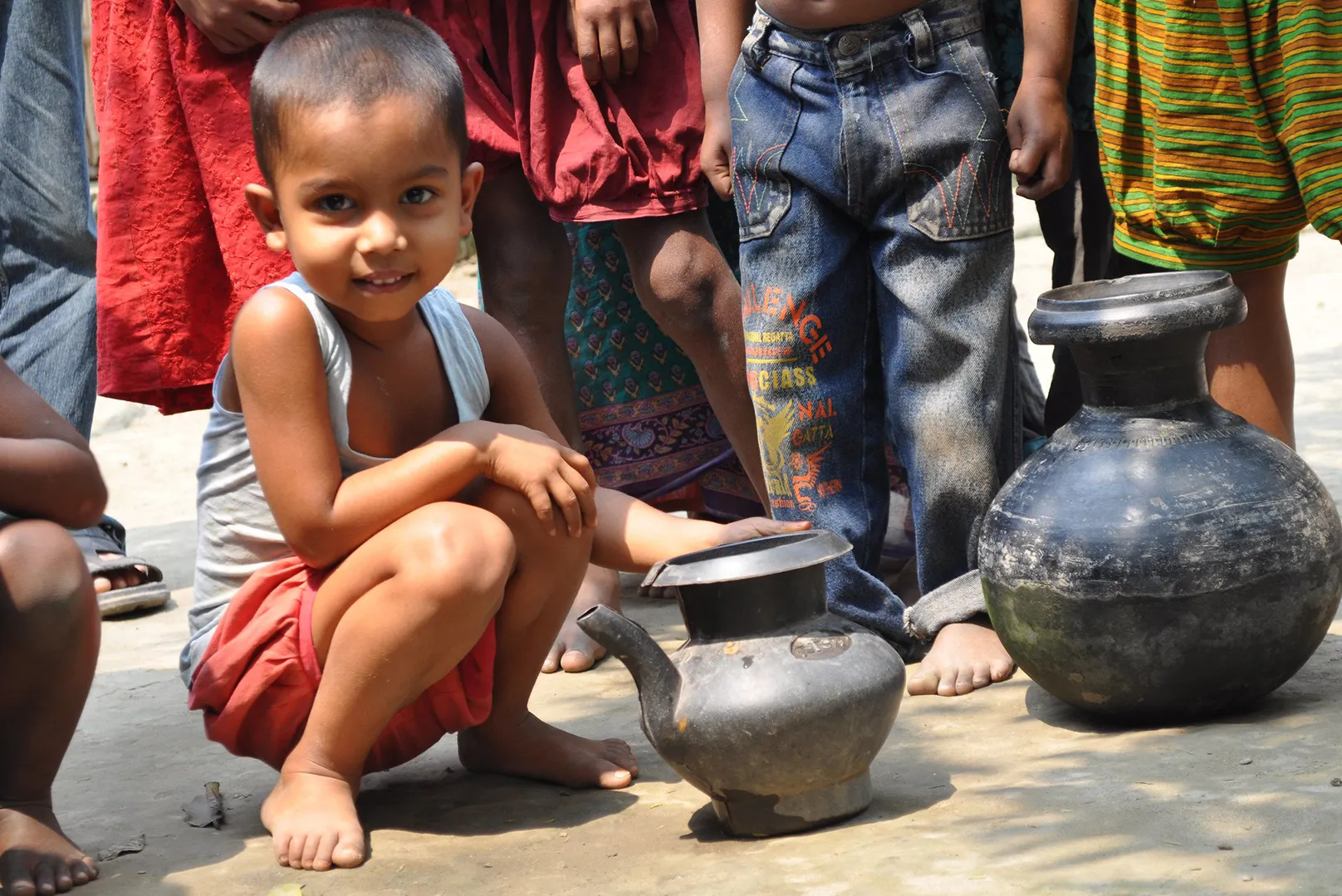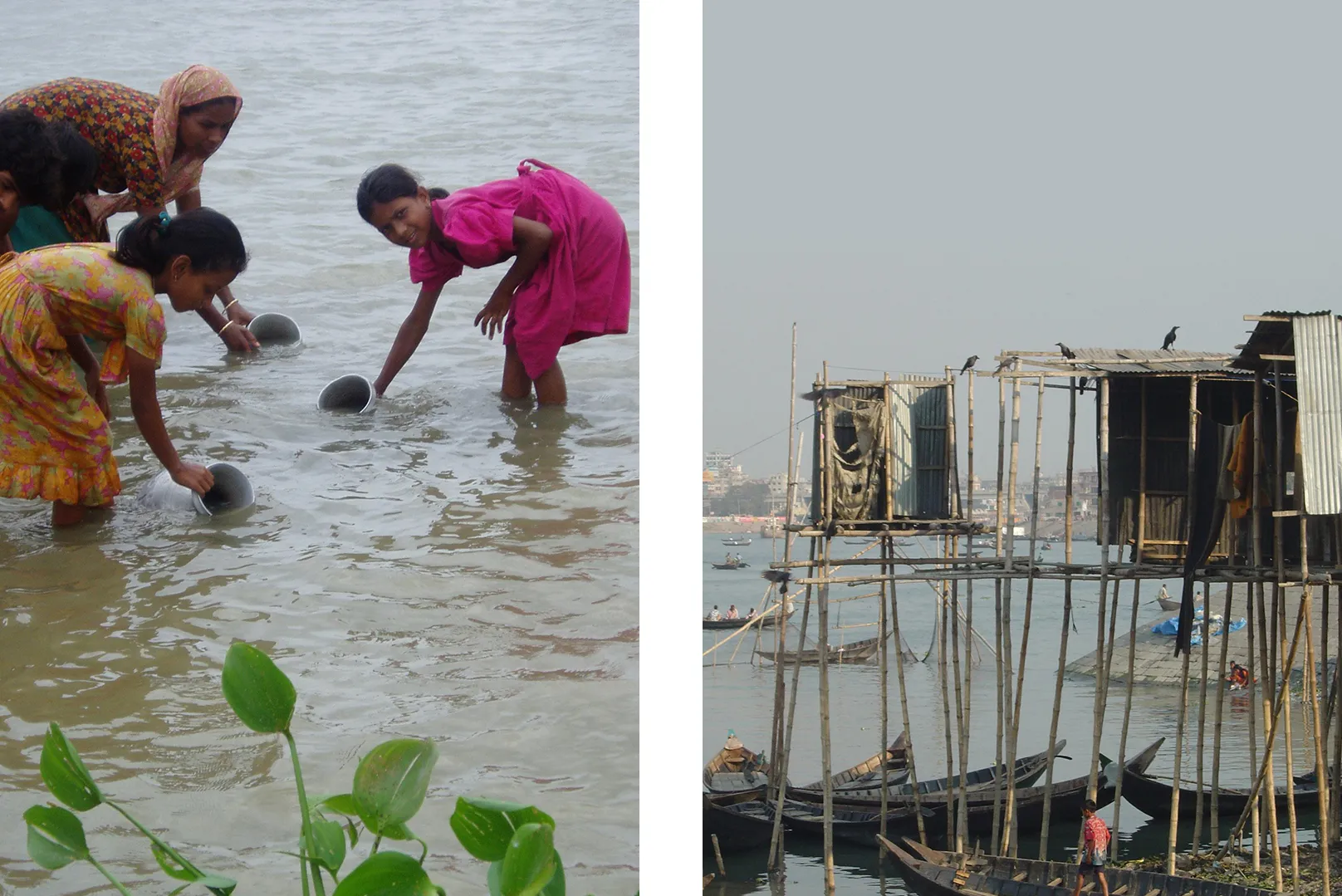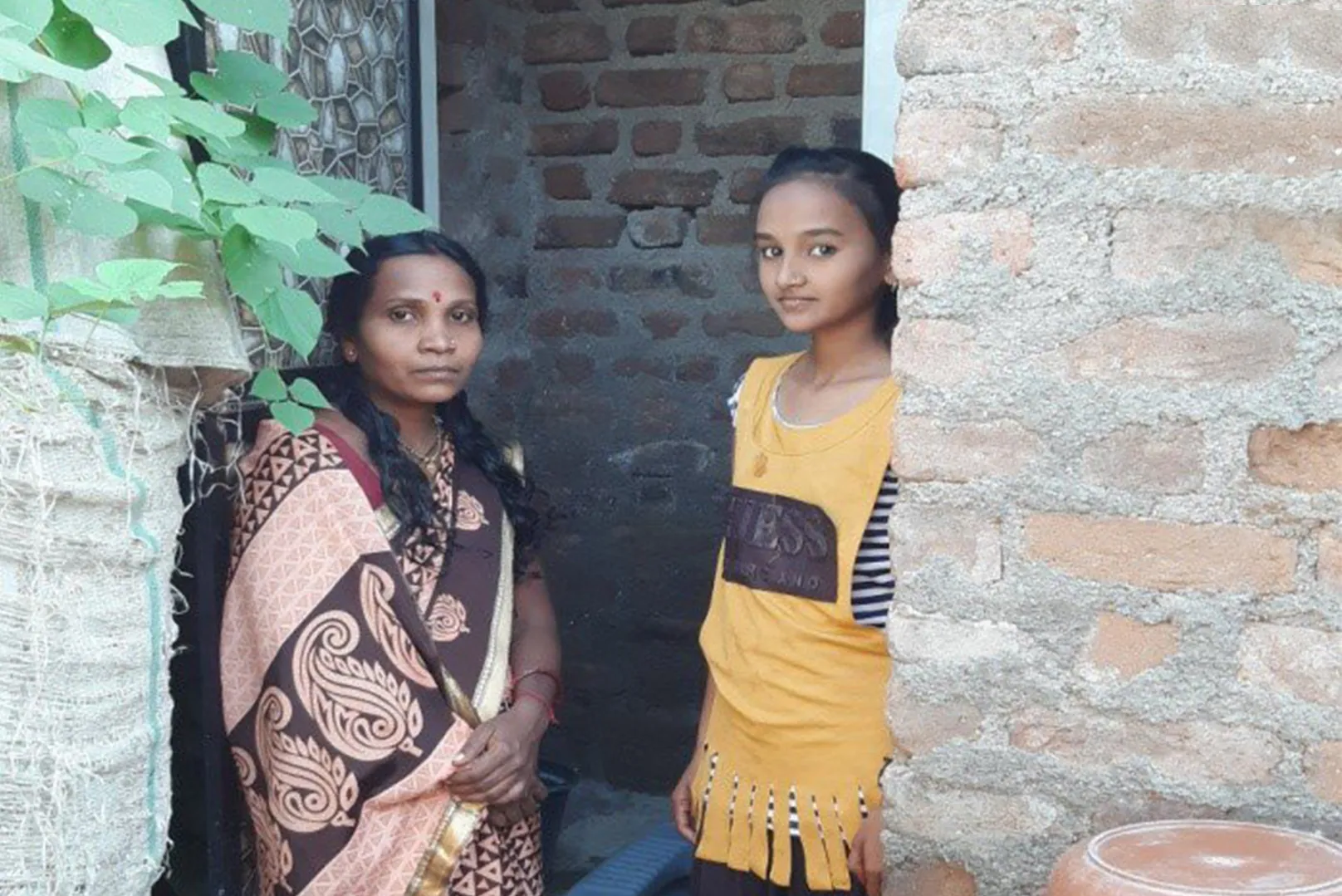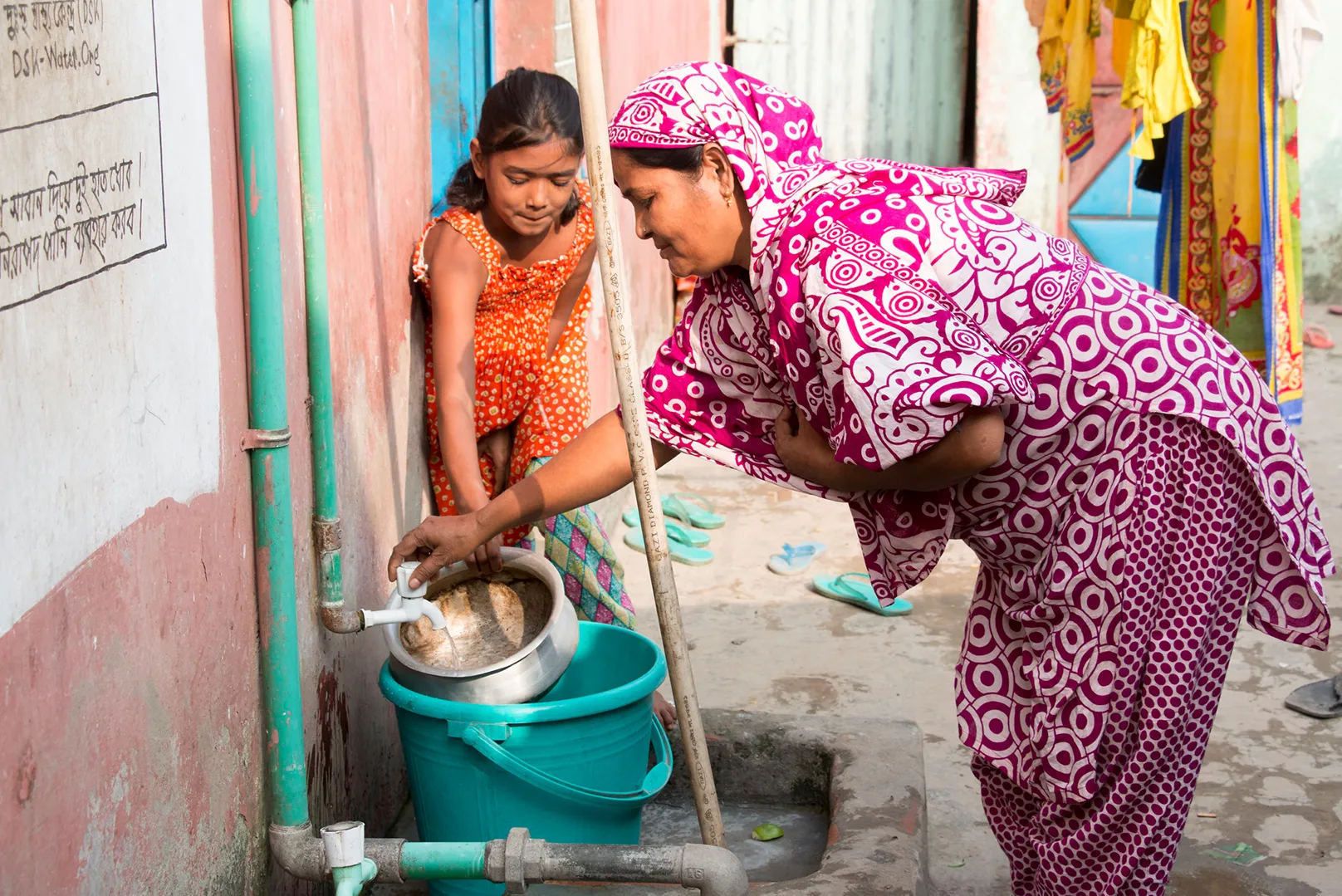Access to safe water protects and saves lives
Written by Nicole Wickenhauser, former Water.org Director of Strategic Alliances
Published June 3rd, 2020
Today 771 million people around the world lack access to safe water. This is a crisis. It’s a women’s crisis, a children’s crisis and it is a global health crisis. As the world navigates the pandemic brought on by the spread of COVID-19, millions don’t have the choice to shelter in place or wash hands because they have no water at home and must leave it each day to find the water their families need to survive. As a woman and a mother, I am committed to helping people living in poverty around the world get access to safe water at home so they can protect themselves and their families now and long after this pandemic is over.
For more than thirteen years, I have worked to connect companies and foundations to the work of Water.org and together we bring safe water and sanitation to those who need it most. I can say Water.org’s approach to empowering women and families in need of safe water and toilets changes and saves lives. I’ve seen how, when a family has access to safe water it can give a woman time to invest her energy and skills into learning or earning income instead of walking for water. I’ve seen parents smile as they send their children off to school, rather than struggle at home to save them from a waterborne disease. And, I know that those families now have the safe water needed to wash hands and they don't have to leave their homes to collect water, preventing their exposure to COVID-19.
Through my experiences, I know with absolute confidence that access to safe water can protect and save lives, just because it’s there. With the support of our donors, Water.org has empowered more than million people in need with access to safe water and sanitation. These 40 million people can wash hands, practice good hygiene, and protect their loved ones from this pandemic and others we may face in the future.

A young boy in Bangladesh plays next to his mother's water vessels.
I was in Bangladesh working when I visited a community where the families had no water at home. As I walked along the banks of the village pond, rows of laundry hung to dry in the air. I could not ignore that the laundry was washed in the same water beneath the hanging community latrine. I saw people using it to relieve themselves where just below, women scrubbed dishes while others bathed their babies. I met children with sores all over their bodies and babies who suffered from dehydration due to diarrhea. As a mom, I can’t imagine knowing the health risks that lurk in the water, yet you use it because you have no other choice. This way of life contributed to a constant cycle of illness that often keeps people in a cycle of poverty. For the health of these families and our world, now more than ever we must empower people in poverty with sustainable, affordable access to safe water and toilets at home.

Women and girls collect water as pit latrines hover nearby.
Many are willing and able to finance the things they need to survive. Darshana is one of those women. She now has a toilet at home. This means her family can remain there, safe and healthy during the lockdown and long after.
While working in India I met many women like Darshana who lived day-to-day not knowing from where their next liter of water would come, or if they’d be safe to relieve themselves outdoors that night. Darshana longed for a toilet, knowing it could help prevent the sickness and safety issues she and her daughter experienced regularly. Without a toilet at home, they relieved themselves in the open, usually in a nearby field where others in their village did the same.

Darshana and her daughter pose outside their new bathroom at home.
Darshana wanted to provide her young daughter a bathroom, a clean place to go safely. But, Darshana and her husband had no budget left to save for such a thing. Then an opportunity presented itself, making what seemed like a far-off luxury, something the couple could attain. Darshana was introduced to the Pragati Self-help Group in her village. Self-help groups are common among lower-income communities like Darshana’s. They come together to share their communal and household needs. They work together as a group to improve their communities and to save for or fund their needs. The group introduced Darshana to the option of financing her toilet and bathroom through a water and sanitation loan offered by one of Water.org’s partner banks in India.
Darshana took a loan of 20,000 INR from her local bank. This is about $270. She used the funds to construct a bathroom with a toilet and sink. Upon the completion of the project Darshana explained with enthusiasm and gratitude, “It gives me joy and a sense of pride to have water and a toilet of our own.”
Across the continents I’ve visited over the past 13 years, in each country I’ve been, I have had the same conversation with the mothers I’ve met when we talk about what their loans make possible. Like Darshana, they too express relief, gratitude and joy at finally having the water and toilets they need to give their families safety, health, and hope.
This crisis is a women’s crisis, a children’s crisis and it is a global health crisis.
Long before this pandemic, millions needed access to safe water and toilets. And, their need for those resources will remain long after. Thankfully we helped end the water and sanitation crisis for more than 40 million people, and together we can help end it for more families through a solution that works. Together with our 149 partners around the world, we've catalyzed $3.3 billion in capital to support small loans that brought safe water and sanitation to Darshana, and those other 40 million people living in poverty.
There are millions more prepared to fund their own solutions if given the opportunity. We will continue to give our everything every day to find solutions to the global water crisis. We are fortunate to work with partners – foundations, financial institutions, companies, individuals – who share our passion and vision. To these generous partners who have dedicated part of their mission to change the lives of women and their families in need, Water.org and I thank you. Together we will see a day everyone everywhere has access to safe water, sanitation and the health, hope, and resilience they bring.
